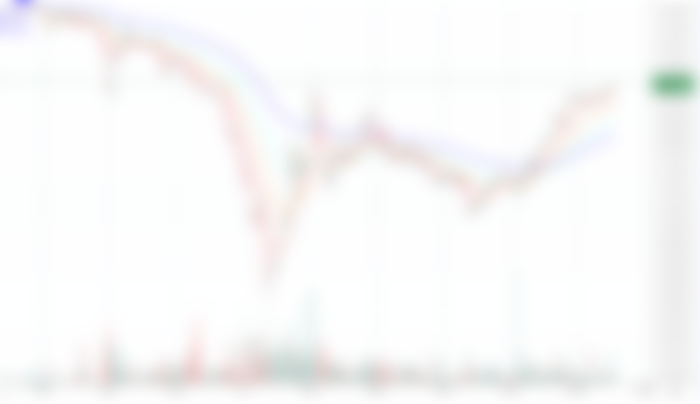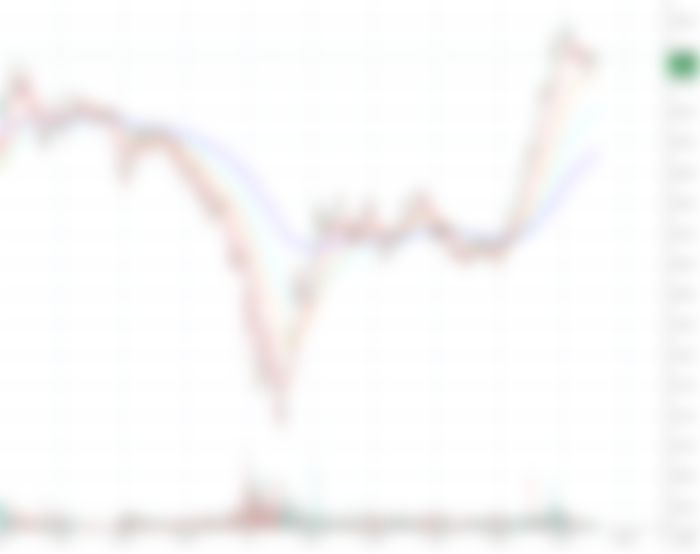Crypto CRASHES as Stablecoin $UST Losses The Dollar PEG!

TerraUSD (or UST) demonstrates the significant weaknesses of the current state of the cryptocurrency market and simultaneously exposes the fallacy of the BTC "store of value" narrative.
Trading algorithms dominate prices, utilizing stablecoins backed by BTC also acquired using other stablecoins.
The price of any asset can artificially increase or decline for no other reason than the peg of a centralized stablecoin collapsing.
An industry based on trading in derivative exchanges is now an enrichment tool for just a few exchange and stablecoin operators.
The recent price collapse of UST, a supposed stablecoin pegged 1:1 to the dollar, leaves many wondering about the outcome when USDT collapses.

TerraUSD
The failure of the cryptomarket begins from correlation of all assets to BTC. The btc trades are responsible for suppressing prices of all assets and support Bitcoin (BTC).
Moreover, stablecoins create this artificial superiority of Bitcoin (BTC), with crypto exchanges liable as well.
UST, or Terra USD is a stablecoin created by Terra, a VC pumped centralized (PoS) smart contracts platform, supposedly offering "Programmable Money For The Internet".
Terra is a public blockchain protocol deploying a suite of algorithmic decentralized stablecoins which underpin a thriving ecosystem that brings DeFi to the masses.
UST Marketcap:

In only one year, TerraUSD reached a 20 Billion market cap, minting an equal amount of UST tokens.
The wonders of the crypto space! Financial Engineering backed this token and no real assets.
Unlike traditional stablecoins, TerraUSD is an algorithmic stablecoin. These pseudo dollars aren’t necessarily backed by any assets at all, instead relying on financial engineering to maintain their link to the dollar.
TerraUSD is sustaining its peg based on the will of traders!
Such designs have been criticized by market observers as risky because they rely on traders to push the value back to $1 rather than having assets that continuously support the price. If traders aren’t willing to buy them, coins can go into a so-called death spiral...
...Some traders also sold bitcoin over the weekend in anticipation that the platform would need to sell its bitcoin reserves to support the peg, Mr. Solot said.
These "traders" explained above are the usual suspects.
Inside traders, combining shady exchange practices and the inability of this market to become anything else but a shadowy and opaque synonym to the worse that Wall Street has ever produced.

Market Algorithmic Correlation
Let's take a look at UST and discover this correlation that makes this market seem to be completely centralized at the hands of a few funds that can destroy it at any moment.
USTUSD (1minute Coinbase)

How BCH behaved at Coinbase at the same time:
BCHUSD (1 minute Binance)

The two charts are identical, without any connection between the two networks. Bitcoin Cash should be indifferent to how UST operates, yet, Bitcoin Cash followed UST's rapid decline minute by minute in a 100% correlation.
Moreover, the exact same price action occurred with every other cryptocurrency, with some reacting even more violently than Bitcoin Cash.
The whole market responds as a single asset and seems algorithmically aligned to support BTC in what looks like direct market manipulation and abuse of its dominant position.
Charts illustrate the severe suppression of the prices of cryptocurrencies directly competing with Bitcoin (BTC) as payment networks.
Blockchains such as Bitcoin Cash, Litecoin, Dash, XRP, ZCash, Nano, and even Dogecoin offer scalable solutions to the BTC's high fees and a speed of transactions.
Any network offering a viable electronic cash option that challenges not BTC but mainly the dollar is punished according to these terms.
This is a battle between working networks and malicious algorithms manipulating prices, volumes, and trades.
Are Stablecoins Necessary?
Probably those that joined crypto in 2020 don't understand the market behavior when stablecoins were absent in earlier years, thus somehow assuming they are necessary.
They are not, though.
We had (almost) no stablecoins in 2017, and perhaps it was better for all.
Stablecoins are the least necessary part of cryptocurrency. Moroever they present a serious danger.
Almost all of them are centralized, and those that sustain a decentralized interpretation they still contain separate issues that make them vulnerable in the long run.
In 2017 USDT (Tether) and a few more were available, but the market cap was not significant enough to create such problems.
Yet Tether was evasive since the early days and accused of manipulating the BTC price right from the beginning.
At the current market structure, stablecoins are algorithmically suppressing the price of assets in favor of BTC.
There is an error in the valuation of cryptocurrencies, difficult even for experienced traders to realize. Certainly, though, the bots and the market makers at FTX, Binance, Coinbase, and the rest exchanges, contain design flaws (either intentional or accidental).
The algorithms are seriously flawed, containing bugs since they are written by market amateurs trying to be creative by implementing ideas that constitute a danger to the survival of many cryptocurrencies.
The weight given to this stablecoin (UST) in algorithmic trading by market makers and automated trading bots exposed the flawed design of market makers.
Perhaps these bugs are features, though, responsible for creating massive volumes and serving whales to manipulate the prices. Still, it is just a handful of people controlling these algorithms.
The market finds no real liquidity lately, but only stablecoins, so algorithms react extremely violently to what should have been a minor issue (UST) that shouldn't even affect the rest of trading. Yet, they weighted so much this asset that now the market depends on its survival.
Similarly, USDT and USDC will bring the market to zero if they collapse.
And the worst part: This danger is real.
Centralized cryptocurrencies are at the will of governments to survive or not.

In Conclusion
Nothing like that existed in 2017 when most cryptocurrencies performed better in a non-Tethered market.
Stablecoins subtract value from every other cryptocurrency into Bitcoin (BTC).
Stablecoins and exchanges increased the dangers this market presents, and currently, any fiat money entering this ecosystem profits only the crypto exchanges and stable coin operators.
Some top exchanges employ a fractional reserve system holding limited funds (fiat and crypto), and often we witness withdrawals of assets suspended.
For all of 2022, no one else profits in this market except the exchanges and stablecoins, and perhaps this market correlation is one of the reasons.

Cover Photo: by " Ussama Azam" on Unsplash
Copyright Disclaimer:
Material published in this content, is used for entertainment and educational purposes and falls within the guidelines of fair use. No copyright infringement intended. If you are, or represent, the copyright owner of images used in this article, and have an issue with the use of said material, please notify me.
Posting on:
● read.cash ● noise.cash ● Medium ● Hive ● Steemit ●Vocal
● Minds ● Twitter ●Reddit ● email ●telegram

Don't forget to Subscribe and Like if you enjoyed this article!









Very interesting article. It's definitely much easier to manipulate the market when so much of its market cap is tied into stablecoins. As for $LUNA I was suprised to see that even after it crashed -99.9% to a fraction of a cent, it was still among the top100 coins on coingecko. Doesn't seem like a very organic project to me.